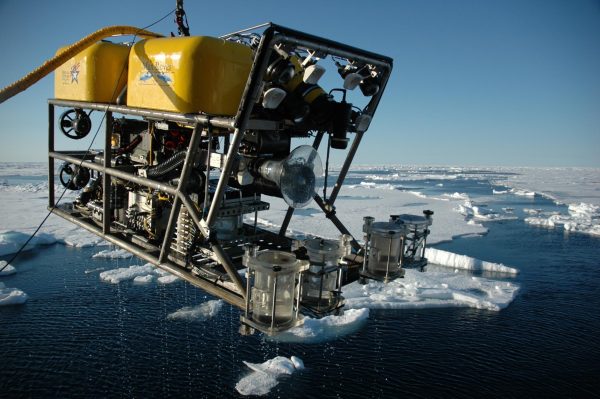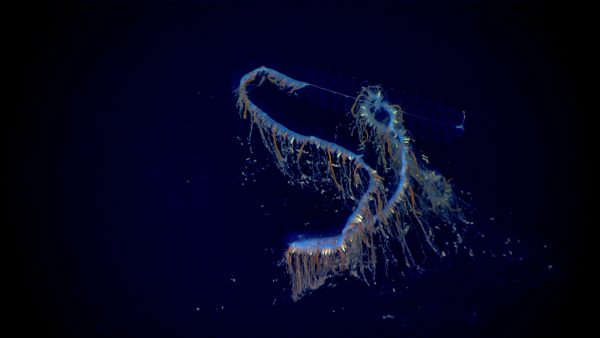
According to the US Bureau of Ocean Energy Management, more than 80 percent of the ocean is unmapped, and an even greater percentage has yet to be explored by people.
This deficit in exploration may be due to the difficult conditions beneath the ocean surface. At greater depths, the pressure increases, and the temperature gets colder. Even the ocean surface is very vast and remote from most land contact except for islands. Because of these factors, humans cannot go very far underwater and only a few submarines can reach very deep depths with the necessary equipment, which makes it very expensive to explore the deep ocean.
The failure of the OceanGate Titan provides some insight on the extensive planning that is needed to make a human-operated submersible. Compared to other submersibles, the Titan is special in that it does not have a spherical structure and it is made out of carbon fiber. Additionally, rather than using a large dashboard to navigate, the Titan uses a game controller, a power button, and a touch screen computer, with store-bought security cameras to view the surrounding area. However, the Titan likely imploded as a result of being made with several incompatible materials. In addition to the carbon fiber used for the submarine body, titanium and plexiglas were also incorporated into the structure of the submarine, which all have different molecular structures and different expansion and compression coefficients.
However, because of the unfit conditions for humans to go into the water themselves, researchers around the world have constructed robots to assist in various underwater research projects. Many scientists use information from the deep sea in order to discover more about ocean energy, the Earth’s past and present geology, aquatic environments, and the effects of mining and global warming on the ocean at a lower depth.
Human occupied vehicles can go to depths of up to 4,500 meters, but remote underwater vehicles (ROVs) and autonomous underwater vehicles (AUVs) can reach deeper depths.
Autonomous underwater vehicles do not act using real-time human control. Instead, they operate based on programming that allows them to avoid obstacles and hazards. Since autonomous vehicles navigate autonomously, they do not need to be tethered to a ship using a cable, but if it encounters an issue, it may be difficult to promptly fix it without any human assistance.
Although remote underwater vehicles are still human-operated, they only have access to their operator via a communication cable that is connected to a surface ship. This cable is the only way that the vehicles can receive commands and be fixed while underwater.

For example, Schmidt Ocean Institute sponsored a scientific cruise which included a remotely operated vehicle to study various marine organisms to depths as deep as 1000 meters. Not only does it have a camera system that can use three-dimensional visualization, but it also detects movement of organisms using lasers. It uses a robotic arm with a similar structure to a human arm that could touch and obtain free floating life. The robot obtains organisms by capturing it, cutting it with a rotating blade, and preserving it in a container to have better quality DNA to research. As a result of this robot, scientists were able to identify previously unknown species like marrus claudanielis which is a colony of jellyfish like individuals, or siphonophores.
Reaching depths as deep as 1000 meters which allows exploration of sunken planes, ships, and submarines, OceanOneK from Stanford University is another underwater robot which allows people to interact with the ocean using their sense of sight and touch. Its touch-based feedback system can create a realistic sensory experience through the robot’s hands despite being remotely operated.
“You are moving very close to this amazing structure and something incredible happens when you touch it: You actually feel it,” Oussama Khatib, director of the Stanford Robotics Lab, said.
Other robots have parts that mimic undersea animals instead of humans. Researchers from Zhejiang University created Deepstalk, which takes inspiration from a sea snail. It has a soft body and also uses three memory alloy springs to imitate the deep sea snail’s tentacle flexor muscles. Despite being slow, it has benefits, such as operating in pressures up to 30 megapascals. In the future, it may be used in underwater filming and object tracking, and deep sea environmental monitoring.




